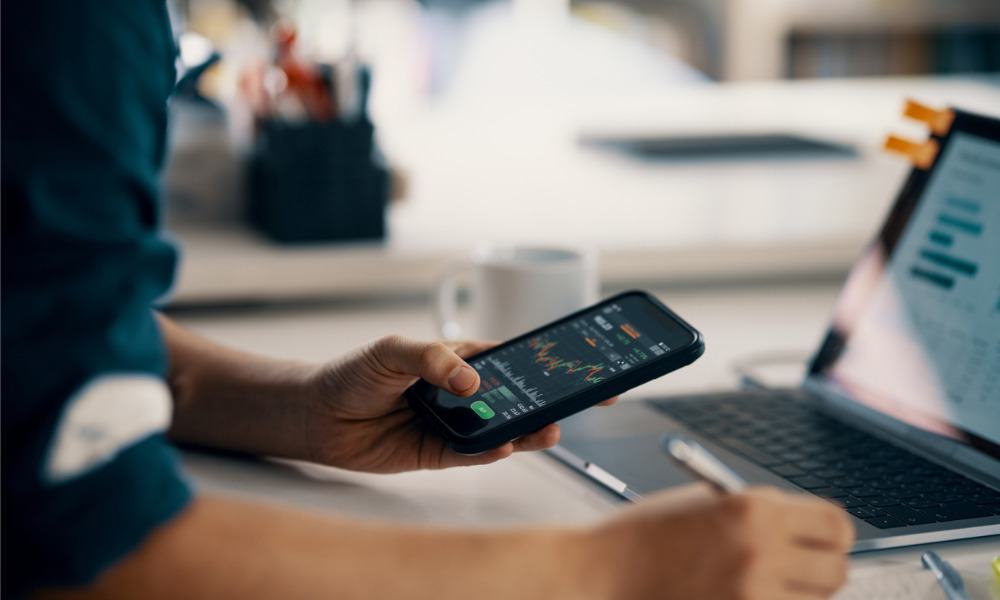

As a new year approaches, people will once again commit to improve their lives and achieve new goals, but is there value for investors beyond the ‘New Year, New You’ bounce?
Two recent reports suggest that people are investing more in themselves with improvements in their wellbeing and their skills, providing a potential avenue to returns for investors.
First, the global wellness economy, which encapsulates everything you would expect – physical activity, mental health, healthy eating – and some less obvious ones such as real estate, workplaces, and tourism.
According to the Global Wellness Institute, based in Florida, this sector is set for exponential growth in the next few years. In 2019 it was a $4.9 trillion market, but it dipped in 2020 due to pandemic disruption (to $4.4 trillion). However, it is estimated to have grown 27% since then to $5.6 and is forecast to rise at an annual pace of 8.6%.to $8.5 trillion by 2027.
“We are surprised by the resiliency of the global wellness economy, and how quickly it has bounced back from the pandemic. It has exceeded our own expectations and forecasts,” said Katherine Johnston, GWI senior research fellow. “If the pandemic disrupted industry momentum in the short term, it has simultaneously created a dramatic shift in the long-term opportunities and trajectory for wellness.”
In North America alone the market is currently worth 123% of its 2019 value and is now a $1.9 trillion market, bigger than Asia Pacific ($1.7 trillion), and Europe ($1.5 trillion).
Personal care and beauty along with healthy eating, nutrition, and weight loss are sub-sectors worth more than $1 trillion in 2022 while physical activity is close behind with a market size of $927 billion.
Among the wellness sector’s high-growth industries through 2027, identified in the report are:
“Looking into the horizon, the global wellness economy has a strong current under its wings, based on global trends that are only accelerating: an aging population, rising chronic diseases and mental unwellness, and a shift in consumer values,” said Ophelia Yeung, GWI senior research fellow. “But it is also facing some challenging macro conditions like widening wealth gaps, consumer confidence in uncertain economic conditions, and rapidly changing geopolitics that will affect the flow of people, capital, technology, and ideas. How the wellness economy will do will depend on the interplay of all of these factors.”
A separate report from SkyQuest Technology Consulting forecasts that the global personal development sector is set to grow from a $42 billion market in 2021 to $60 billion in 2028.
Demand for services such as personal growth counseling, coaching, and therapy has grown 35% over the past five years as people seek holistic help with stress and ways to improve their skills, the report says.
"There is a need for people to focus on their skills and abilities rather than passively accept their limitations," said Swarnima Aeri, research analyst at SkyQuest.
The report anticipates that growth in the cloud-based collaborative learning space is expected to drive the majority of growth in the personal development market over the next seven years, with individuals using digital tools and platforms to develop their skills and knowledge.
Current market leaders include Lynda.com which is used by more than 42 million people with over 1 million paid subscribers worldwide; and Coursera which has nearly 92 million registrations to courses so far.
Self-awareness and life coaching services are forecasted to grow by 50% over the next eight years as more companies offer these services.

Relationships are key to our business but advisors are often slow to engage in specific activities designed to foster them.

Whichever path you go down, act now while you're still in control.

Pro-bitcoin professionals, however, say the cryptocurrency has ushered in change.

“LPL has evolved significantly over the last decade and still wants to scale up,” says one industry executive.

Survey findings from the Nationwide Retirement Institute offers pearls of planning wisdom from 60- to 65-year-olds, as well as insights into concerns.
Streamline your outreach with Aidentified's AI-driven solutions
This season’s market volatility: Positioning for rate relief, income growth and the AI rebound
